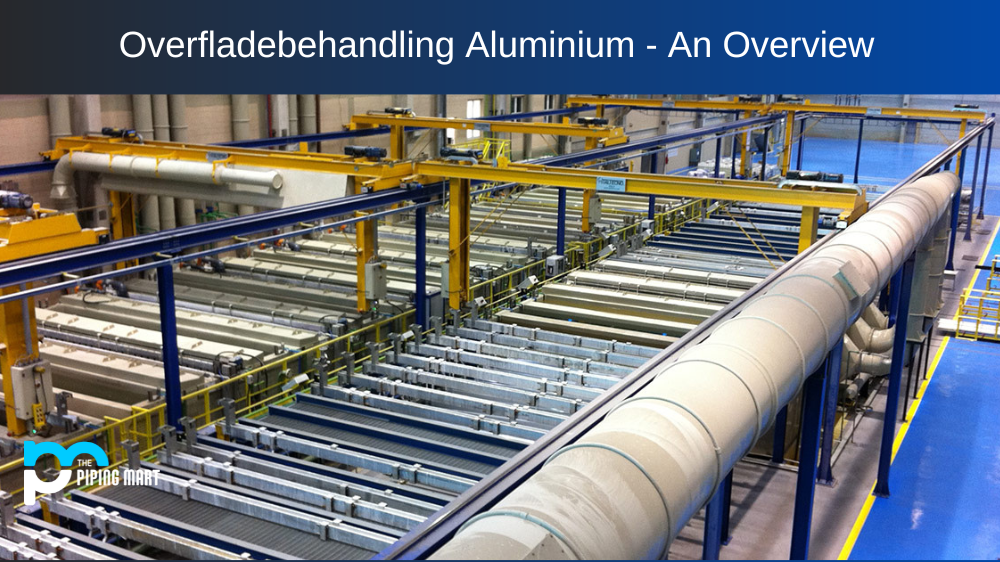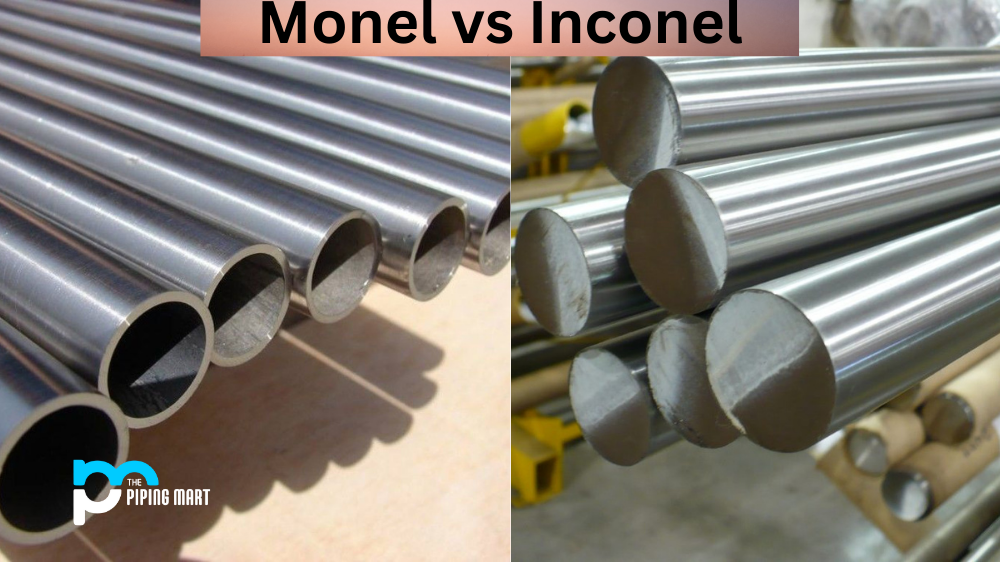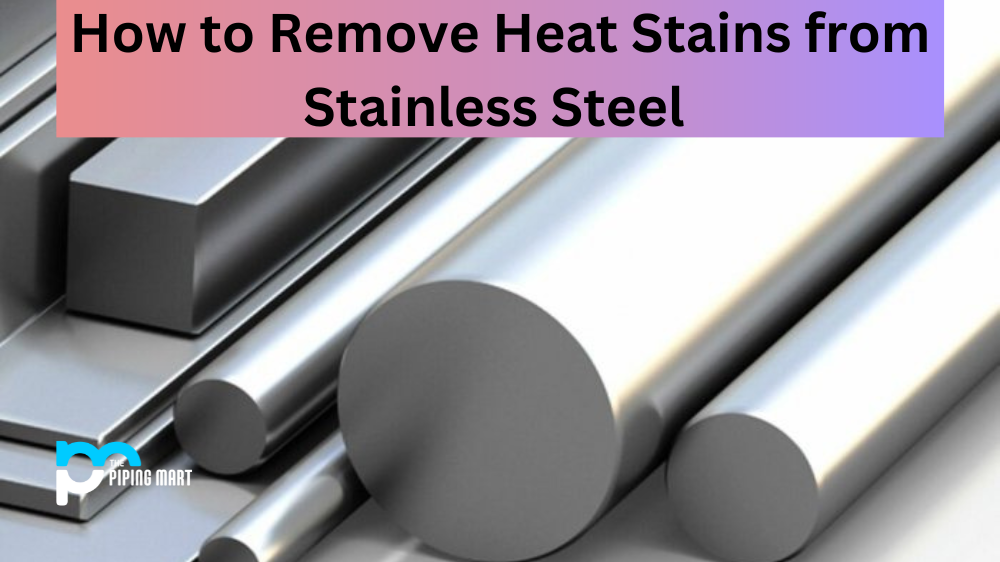Aluminum is a highly versatile and lightweight metal used in various applications, from aerospace to construction. To ensure that aluminum can withstand the harsh conditions of its intended use, it must be treated on the surface—a process is known as aluminum surface treatment. This blog post will look at what aluminum surface treatment is, why it’s essential, and the various methods available for treating aluminum surfaces.
What Is Aluminum Surface Treatment?
Aluminum surface treatment is a process that alters the material properties of aluminum so that it can better withstand wear and tear in its intended environment. This is done through different chemical or physical processes that modify the surface layer of the metal. Depending on the application and desired results, different treatments, such as anodizing or chromating, may be used to achieve the desired outcome.
Benefits of Aluminum Surface Treatment
Aluminum surface treatment offers many benefits when compared to untreated aluminum. It increases corrosion protection, improves electrical insulation properties, and provides better aesthetic appeal and greater durability over time. Additionally, it enhances compatibility with other materials, such as adhesives and paints, and increases resistance to abrasion, friction, and wear and tear. It also makes cleaning easier since dirt and debris are less likely to stick to treated surfaces than untreated ones. Overall, aluminum surface treatments can help extend the life of your products while providing improved performance in their intended environment.
Methods for Treating Aluminum Surfaces
Several methods are available for treating aluminum surfaces, including anodizing, chromating, passivation, and thermal spray coating (TSC). Anodizing is one of the most common methods for treating aluminum because it helps protect against corrosion while providing excellent color stability over time. Chromating offers better corrosion protection than anodizing but requires more frequent maintenance due to its susceptibility to salt water exposure. Passivation is another popular method that helps increase stainless steel’s natural resistance to corrosion while also improving its aesthetic appearance by producing a smooth finish with minimal effort required for maintenance. TSC is best used when you need a thicker coating to resist better wear and tear in environments with frequent contact with abrasive materials like sand or gravel.
Conclusion:
Aluminum surface treatment is essential in ensuring that aluminium products can stand up to their intended use cases—whether they’re being used in aerospace applications or construction projects! With proper care and maintenance, aluminum surfaces treated with any of these processes will provide years of reliable service no matter how extreme their environment may be! By understanding what each function does best—from protection against corrosion to improved electrical insulation—you can make sure you choose the right method for your project!

Abhishek is a seasoned blogger and industry expert, sharing his insights and knowledge on various topics. With his research, Abhishek offers valuable insights and tips for professionals and enthusiasts. Follow him for expert advice on the latest trends and developments in the metal industry.




